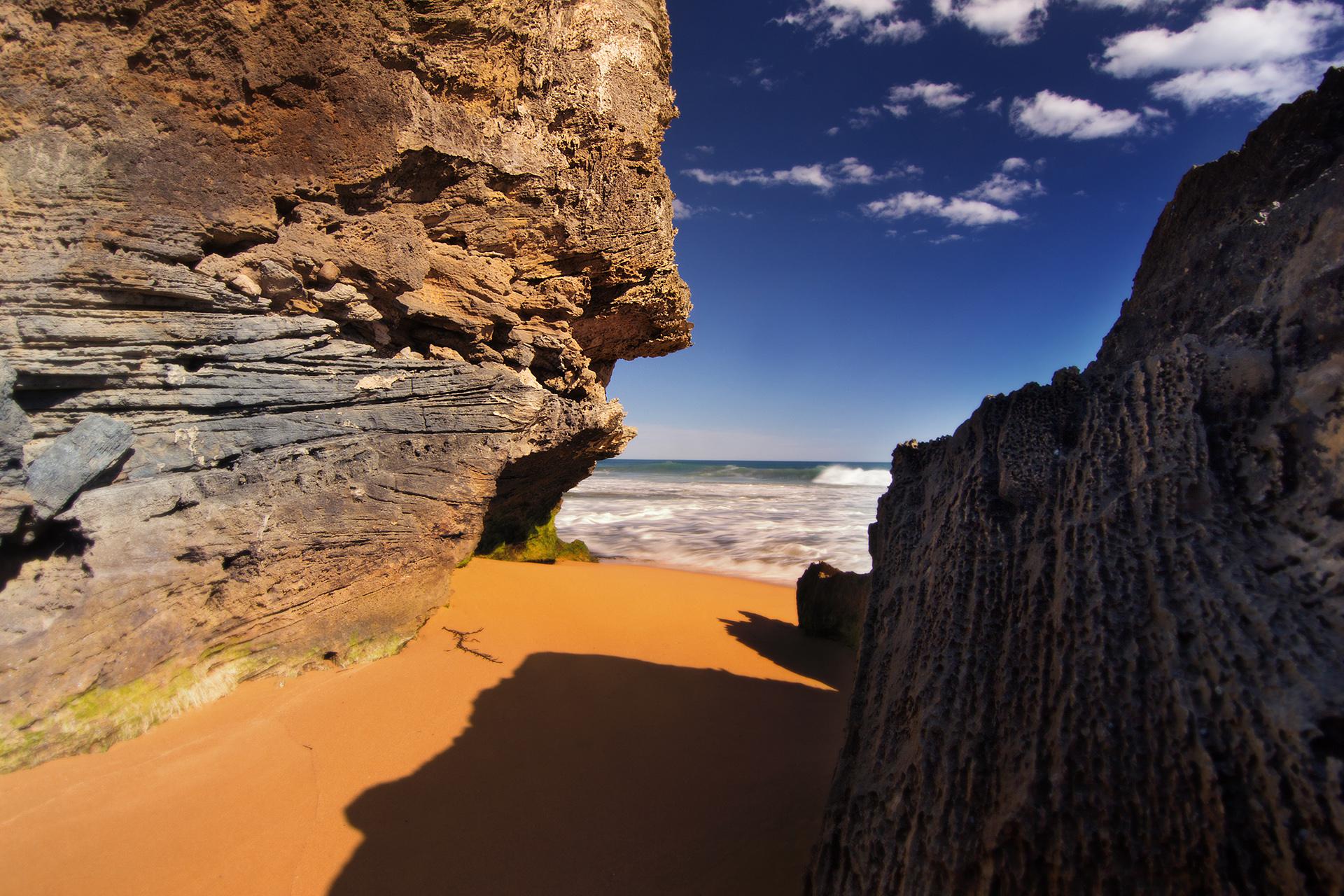Peek Whurrung Elder Robert Lowe Senior describes Point Ritchie-Moyjil and the Blue Hole ...
"We used to come in and do a lot of fishing around that area, my uncle did, he was the only one who had a vehicle and he loved his fishing.
"A lot of the time we would come down to the Blue Hole and fish around that area so my brother, most of the time when we were coming into to town to go fishing, that's the area we would go, not realising it was as significant as it was at that stage. It was probably late ‘50s when my brother was working for the city council that we started to, or I started to, realise the importance of Point Ritchie, not to the full extent, but my brother showed me a few spots there, spoke about a few of the areas, pointed out a few of the midden sites that run through the area from Granny’s Grave. But only being young, I didn’t take it on board but never forgot it.”
“That site to me is a very special area.”
Point Ritchie-Moyjil was a favoured site because of the availability of food*.
Peek Whurrung Elder Robert Lowe Senior explains that it was not only the sea that was a source of nutrition.
“The reefs were a very significant part of the culture and the food source sites for the old people and then if you continue on back towards Port Fairy you’ll find an abundance of food source sites, of midden sites, because of the reef structure. And it’s not only the sea food or the freshwater eels coming out at certain times of the year, it’s all because of the plant life too.
“So it’s a great, say, supermarket our old people knew and used to their advantage when they needed food. You take modern non-indigenous people or even indigenous people down there and a lot of them wouldn’t see that, what’s there and available for them to use on a daily basis.
“There’s quite an abundance of food in the dunes themselves without going into the sea for seafood – abalones and all that. There’s plant life there that tastes like walnuts, plant life that tastes like sweet lollipops. Brilliant! And this is what we learnt by wagging school, sitting down listening to my uncle and him showing us what’s available and what’s not available.
“You can eat a kangaroo apple but you’ve got to eat it at the right time of the season. Eat them at the wrong time of season and you mightn’t survive it because of the toxin in the kangaroo apple. But if you eat it when it’s in season you couldn’t wish for a better fruit.”
*People unfamiliar with bush foods should not taste or eat plants in the wild. Eating the wrong plants or eating some plants out of season can cause illness or death.
